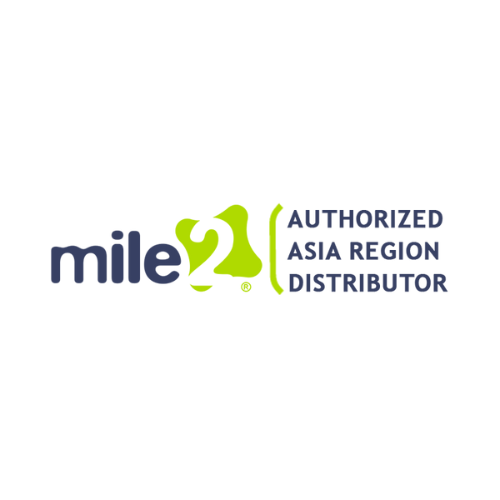RANSOMWARE SECURITY AUDIT
An organization’s security measures are thoroughly examined as part of a ransomware security audit in order to find and fix any flaws that could allow for a ransomware attack. The steps to carry out a ransomware security audit are as follows:
- Define the Audit Objectives: Identifying the assets of the organisation, the potential attack surface, and the current security measures should all be included in the audit goals, which should be defined as the first stage. The objectives should include list any compliance requirements, as well as the organization’s important data and assets.
- Gather Information: Learn about the security architecture, guidelines, and practices of the organization as well as any current security tools, like firewalls, antivirus software, and intrusion detection systems. An inventory of all the available software and hardware should also be included.
- Review Security Measures: Examine the security precautions taken by the company, such as the backup procedures, access controls, patch management, network segmentation, and incident response strategies. The success of these precautions in thwarting and addressing ransomware attacks should be evaluated in this evaluation.
- Locate Vulnerabilities: Locate weak passwords, unpatched software, and unsafe remote access, all of which could be used by ransomware assaults. Conducting penetration tests or vulnerability scanning may be required.
- Remediate Vulnerabilities: Take corrective action to address the vulnerabilities that have been identified. This can entail updating access controls, repairing systems, or putting new security solutions in place.
- Verify Remediation: Conduct a post-audit verification to ensure that the reported vulnerabilities have been fixed. In order to confirm that the discovered vulnerabilities have been adequately fixed, this entails assessing the security measures once more.
- Record Findings and Recommendations: Record the audit’s conclusions and suggestions. Documenting the vulnerabilities found, the remedial steps taken, and any additional suggestions for enhancing the organization’s security procedures are all included in this.
- An organization must conduct a ransomware security audit to make sure it is adequately equipped to stop, recognize, and handle ransomware attacks. To guarantee continuing security, it is advised to do this audit frequently. Based on industry standards and best practices, such as those advised by the National Institute of Standards and Technology (NIST), the audit should be conducted.





